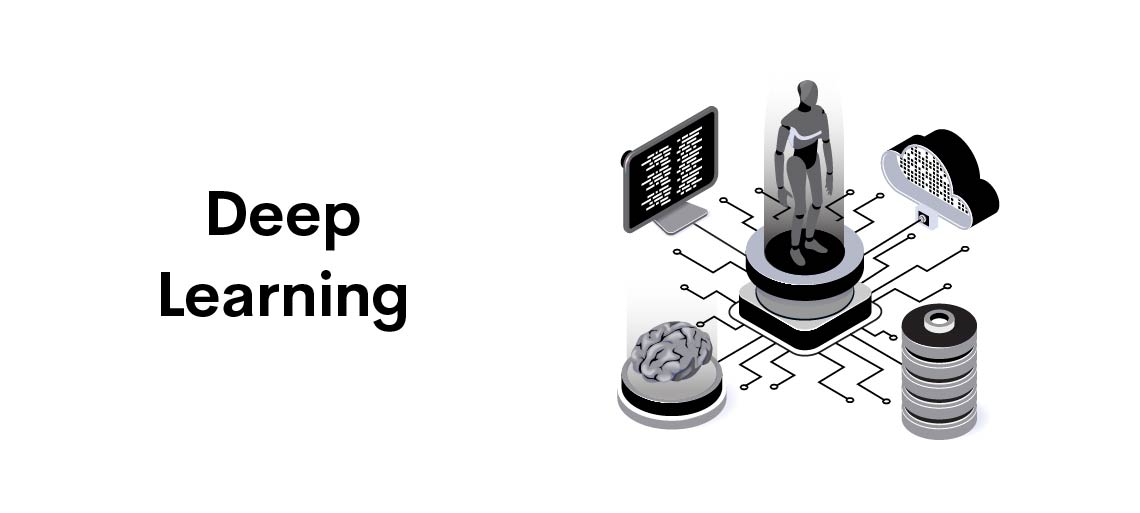Deep learning is a subset of
machine learning in AI that has
networks capable of learning unsupervised from data that is unstructured or unlabeled.
Deep Learning is a subfield of machine learning concerned with algorithms inspired by the
structure and function of the brain called artificial neural networks.
Deep learning can be
considered as a subset of machine learning. It is a field that is based on learning and improving on its
own by examining computer algorithms. While machine learning uses simpler concepts, deep learning works
with artificial neural networks, which are designed to imitate how humans think and learn. Until
recently, neural networks were limited by computing power and thus were limited in complexity. However,
advancements in big data analytics have permitted larger, sophisticated neural networks, allowing
computers to observe, learn, and react to complex situations faster than humans. Deep learning has aided
image classification, language translation, speech recognition. It can be used to solve any pattern
recognition problem and without human intervention.
Deep learning systems require large amounts of
data to return accurate results; accordingly, information is fed as huge data sets. When processing the
data, artificial neural networks are able to classify data with the answers received from a series of
binary true or false questions involving highly complex mathematical calculations. For example, a facial
recognition program works by learning to detect and recognize edges and lines of faces, then more
significant parts of the faces, and, finally, the overall representations of faces. Over time, the
program trains itself, and the probability of correct answers increases. In this case, the facial
recognition program will accurately identify faces with time.
Deep learning networks learn by
discovering intricate structures in the data they experience. By building computational models that are
composed of multiple processing layers, the networks can create multiple levels of abstraction to
represent the data.
